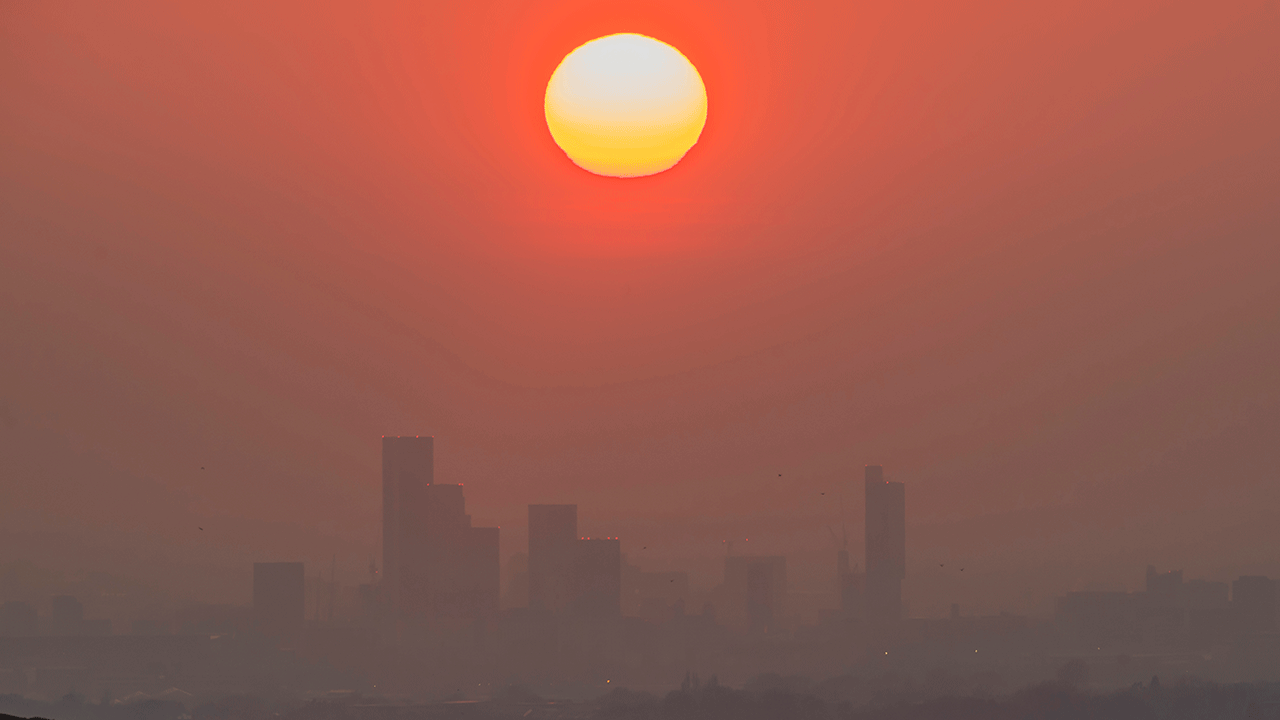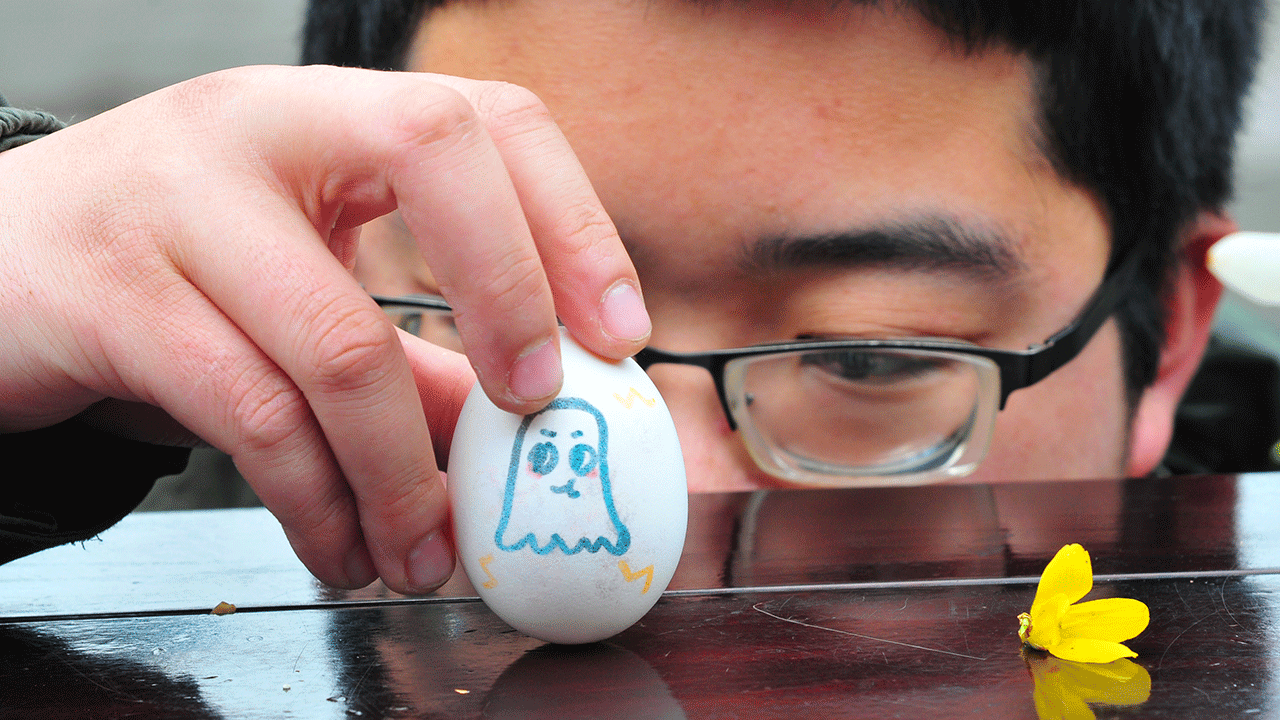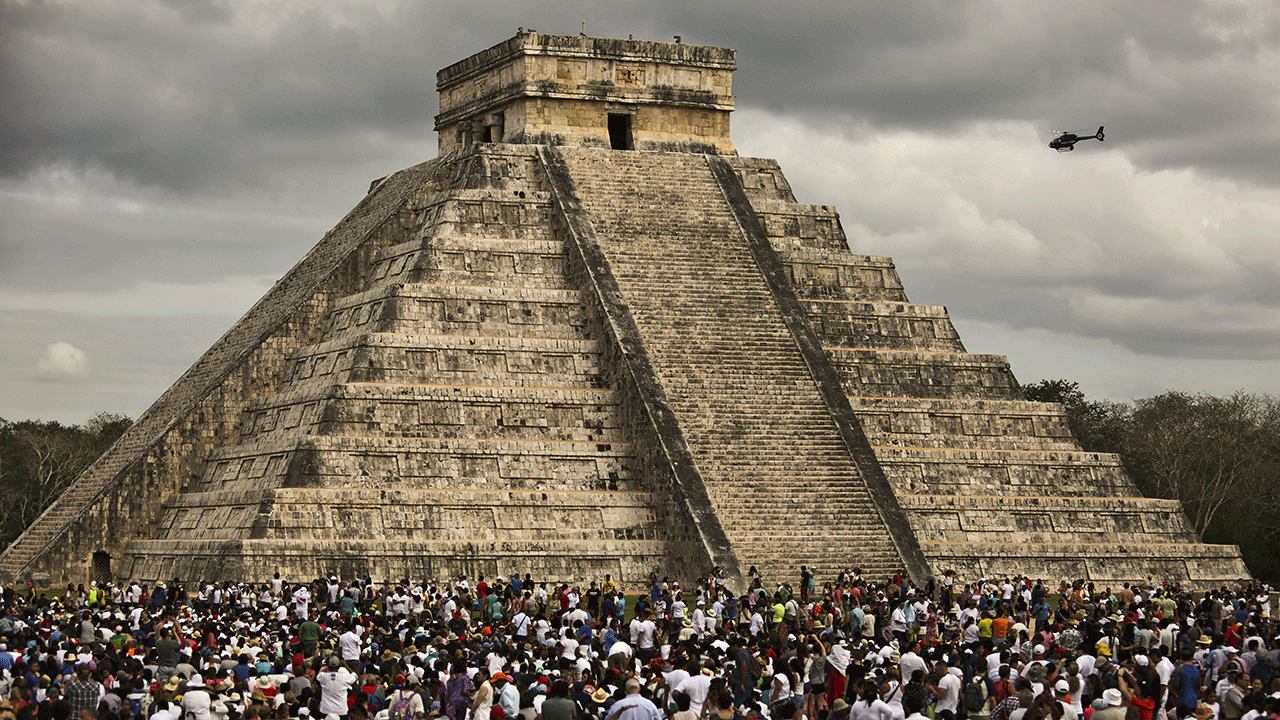Clocks to spring forward into daylight saving time
‘Fox News Live’ co-hosts Anita Vogel and Griff Jenkins discuss daylight saving time and the White House’s latest effort to eliminate the seasonal time change on ‘Fox News Live.’
After shoveling snow, wearing layer upon layer to step outside and enduring many days lacking daylight, the start of spring is a time many look forward to each year.
The first day of spring in the Northern Hemisphere varies from year to year, since the day it begins is determined by the spring equinox.
The spring equinox falls on March 19, 20 or 21 each year.
SPRING BREAK DESTINATIONS TO CONSIDER BOOKING FOR YOUR UPCOMING VACATION
Many people celebrate what is known as the vernal equinox every year.
Here are five things you should know about the annual March occurrence.

The spring equinox marks the first day of the season. (Anthony Devlin/Getty Images)
What is the vernal equinox — and why do we have it?
Equinoxes occur twice a year, in March and September, to mark the onset of spring and autumn. During an equinox, which in Latin translates to "equal night," both day and night are equal.
When an equinox happens, the sun is exactly above the equator, according to Britannica.
DAY AND NIGHT ARE PERFECTLY BALANCED IN SPRING EQUINOX PHOTO SNAPPED FROM SPACE
When does the equinox officially occur?
The vernal equinox happens in March each year around the 21st of the month, according to National Geographic.

The equinox happens each year in March but can happen anywhere between the 19th and 21st of the month. (Noam Galai/Getty Images)
There is also a second equinox that happens in September, around the 22nd. This is sometimes referred to as the autumnal equinox.
This stands true for the Northern Hemisphere anyway.
The spring equinox happens in March for places in the Northern Hemisphere but marks the start of autumn for those located in the Southern Hemisphere. Then, in September, when the Northern Hemisphere experiences the autumn equinox, it is the spring equinox in the Southern Hemisphere.
CLICK HERE TO SIGN UP FOR OUR LIFESTYLE NEWSLETTER
Does the vernal equinox fall on the same day each year?
No. The first day of spring can arrive anywhere from March 19 to March 21, depending on the year.
Why? Our calendar year doesn't always have an even number of days.
Every four years, an extra day, known as Leap Day, is added in the month of February.

A myth claimed an egg can balance on this day each year, but there is no truth to the theory. (Visual China Group via Getty Images/Visual China Group via Getty Images)
It doesn’t take the Earth a perfect 365 days to make a complete revolution around the sun, which is why the equinox doesn’t take place on the same day every year, according to Time and Date.
It actually takes the Earth an average of 365.25 days to go around the sun one time, according to the outlet.
CLICK HERE TO GET THE FOX NEWS APP
Why do people try to balance eggs on this day?
An ancient myth claims an egg can balance on its end only during a vernal equinox. Every year, people gather together to attempt the challenge.
But that myth has proven to be false. "The vernal equinox brings no special egg-balancing properties with it," said Snopes.com in an online post.
"Standing an egg on its end is something just about anyone can do any day of the year; the feat simply takes the right egg and a little trial and practice."

Many gather at Chichén Itzá for the equinox to watch the unique sunset. (Alejandro Medina/AFP via Getty Images)
Why do people flock to Chichén Itzá on this day?
During the equinox, people often turn to Chichén Itzá, an ancient complex constructed by Mayans located in central Mexico, to watch the sunset.
They're hoping to witness a very special shadow that's cast on the pyramid.
"Incredibly, twice a year on the spring and autumn equinoxes, a shadow falls on the pyramid in the shape of a serpent," National Geographic states.
"As the sun sets, this shadowy snake descends the steps to eventually join a stone serpent head at the base of the great staircase up the pyramid’s side."
The Associated Press, as well as Jennifer Earl, contributed to this report.


